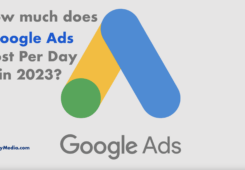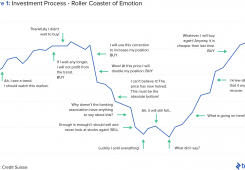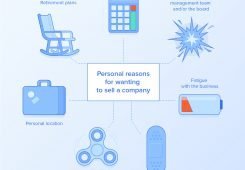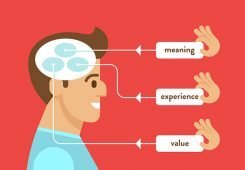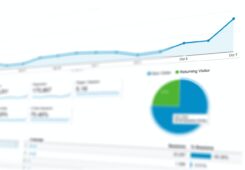Do you want a fully responsive website for your business or services? That’s a great decision. Actually, it’s half a great decision. The other half is understanding and deciding exactly why you want a website, but this is the most important part.
What will your website do?
Until you know what you’re trying to do with your website, you shouldn’t go any further with developing one. First, you should decide whether you want to sell things, build your reputation, gather customer information, or something entirely different.
Knowing what you need your website to do is step one on the road to online success because it dictates everything from your web design onwards. Your website can affect your other marketing channels and can have a major impact on your entire customer service flow, so its role needs to be defined from the very start.
Once you know exactly what you want your site to do, you can start to plan the content and structure. This is where many businesses go off the rails and create sites they would never want to use themselves.
Make it user-friendly and easy to use
Even if you don’t consider yourself to be web-savvy, you’re still an expert at knowing a website that works from a website that doesn’t.
You’re an expert because you use the internet already, so you’ve had plenty of experience using bad sites and good responsive websites which work around all devices. You know whether you’re on a good or bad site within a few seconds. Actually, that’s not quite true – you’ll only know if you’re on a bad site within a few seconds. If it’s a good site, you won’t notice a thing.
When it comes to responsive website design and content, a regular web user will be used to intuitive and well laid out websites which are a breeze to navigate. These sites take them exactly where they want to go, and usually send them away again in minimal time. The process of navigating a good website is so easy that we barely notice we’re doing it.
However, if you’ve ever been on a bad site, you certainly know about it. You can’t find what you want, the menu items are confusing, the information isn’t in plain view, and you often spend longer on the site than you wanted to before leaving empty-handed and frustrated.
Creating a bad website and leaving people feeling like this is worse for your business’s reputation than having no website at all. That’s why it’s very important that you approach designing, structuring and populating your website from the customer’s point of view.
Less content is more
One big mistake a lot of businesses make when they’re designing their websites is to try and make the user stay on their website for as long as possible, and take in lots and lots of information about how good the company is. While the company might think this information will impress a customer, it can actually have exactly the opposite effect.
Maybe you’re desperate to tell your customers all about your company’s history because you want to impress them as soon as they land on your homepage. But this doesn’t matter to your customers if they’re only there to look at your products, make an order and leave.
Your customers’ time is precious, and a good website is one that lets them do what they need to do and get back to the rest of their lives as quickly as possible.
Fast is better than flashy
On that same subject, the loading speed at which your website works is absolutely vital to your customers having a good experience. Depending on what you need your website to do, you need to be sure you’ve optimised its loading speed however you can. That might be through the image sizes and software on the website, but it could also be the type of hosting you have. Big flashy websites that load too slowly are more likely to be abandoned by your customers than websites that are simpler but instantly responsive to them.
There are free tools out there that allow you to test the speed and performance of your website, so make sure you do this and get it running as quickly as you can before you unleash it on your potential customers.
Keep content fresh
One thing you need to consider is what content on your website you can regularly update. Keeping your content fresh can keep existing customers coming back, attract interest from new customers, and keep your site high up the search rankings too.
Blogs are an easy way to do this, and many businesses use their blogs to write news and opinion pieces about their products and about the industry they’re in. Customers like interesting insights into niche business sectors.
Plus, if you establish yourself as an expert within the industry via your blog posts, customers are more likely to think of you as the best choice. This means they’ll come to you when they need your services, instead of a competitor.
Write for the web
Writing for the web is very different from writing for print. Online, your content needs to be structured so that a user can quickly find the information they’re looking for. Readers online scan pages rather than reading them sentence by sentence. They’re looking for the words that stand out.
Headings, subheadings, bullet points and short paragraphs help readers to scan your website, so you should aim to include these wherever you can. If you can’t scan your own web copy and pick out specific bits of information in seconds, your readers won’t be able to either, and they may give up and go away.
Test and test again
The only way you’re going to find out what your customers really think of your website is to get it tested. Before you launch your website, ask people who aren’t experts to test it for you.
Getting people outside your company to navigate your site and give you feedback on it can save you a lot of trouble in the long run. They can give you an honest, neutral and external view on your site, helping to iron out problems before it launches.
Now over to you. How you started your website? please share your experiences in the comments box below.


